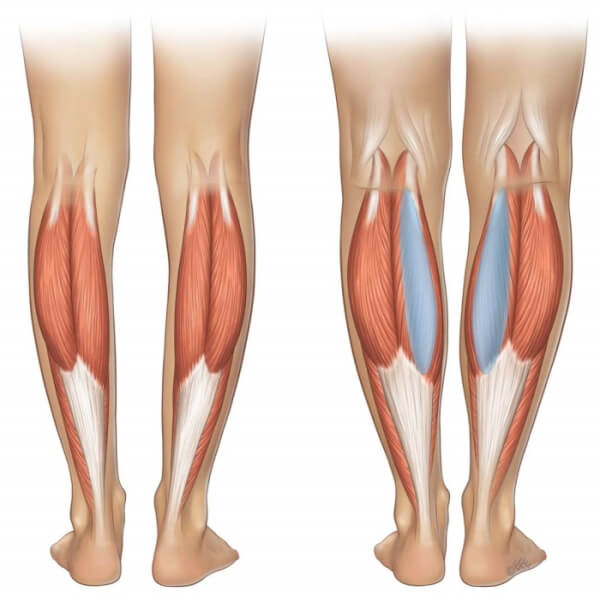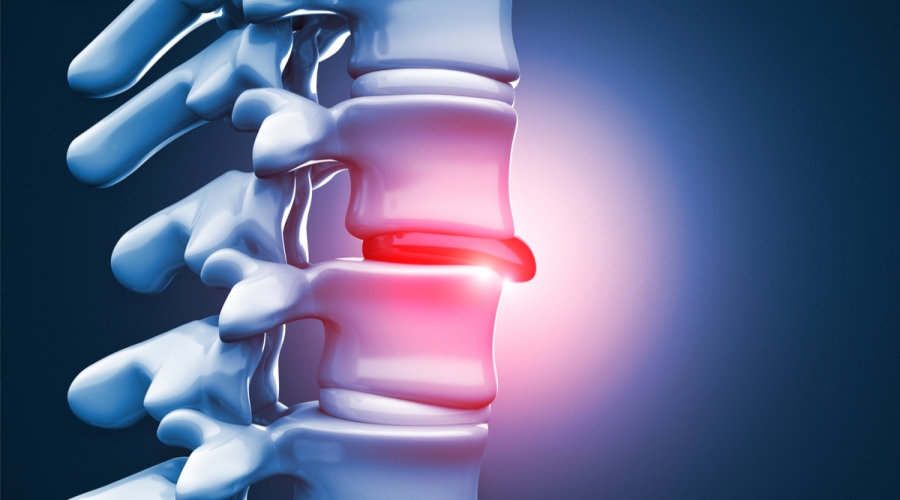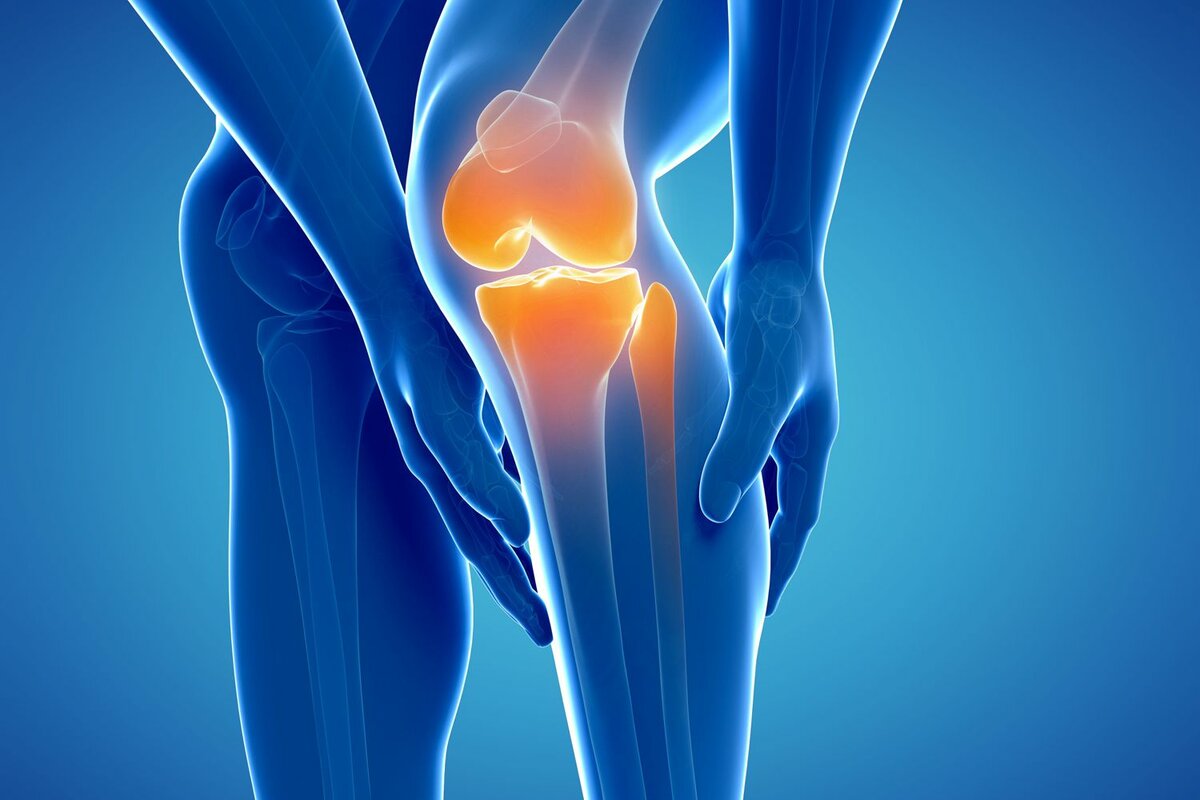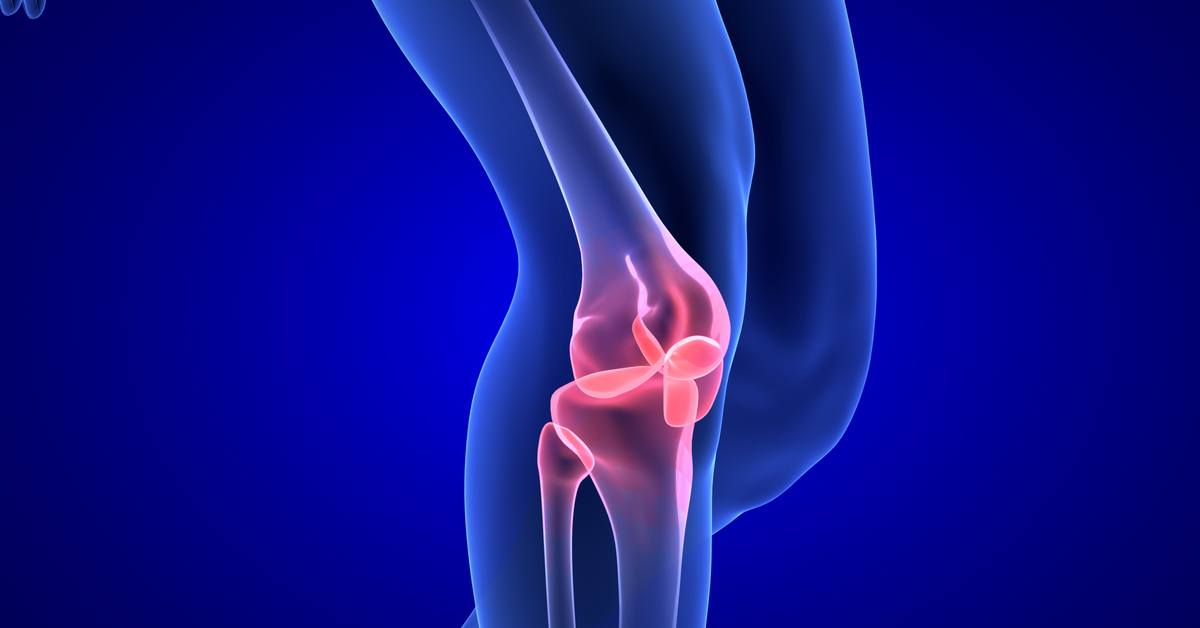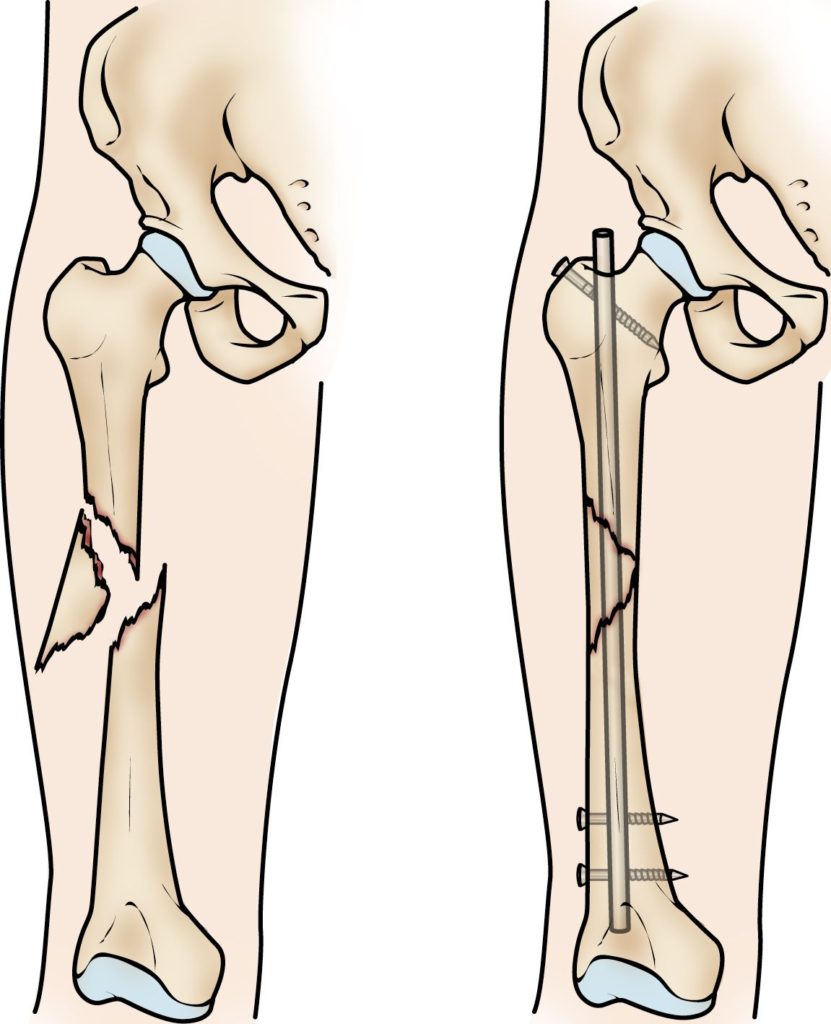What is the Cost of Bone Fixation Surgery? Who is the Best Doctor to Perform It?
The Cost of Bone Fixation Surgery – Perhaps this is the first time you’ve heard the term bone fixation, so in this article, we will help you understand all the details related to this procedure, including its cost and the reasons that lead to its implementation. So, continue reading the following paragraphs to get all the latest information on this matter.
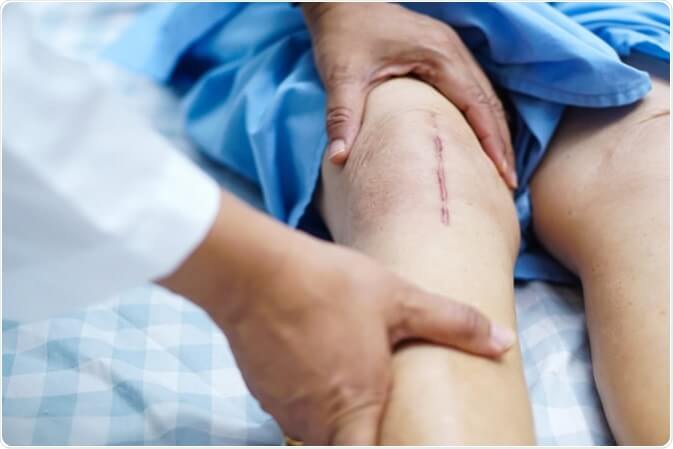
The Cost of Bone Fixation Surgery
At Dr. Amr Amal’s clinic, we use the latest techniques and materials for bone fixation with precision and professionalism. Put your trust in our specialized team to achieve creativity and high-quality treatment.
Bone fixation surgery is a costly procedure, ranging from 150,000 to 350,000 Egyptian pounds. This significant variation in the cost is due to various factors that affect it, including the procedures performed before, during, and after the surgery, the type of bone from which the fixation is taken, the severity of the patient’s fracture, and the level of care provided by the hospital.
Reasons for Opting for Pelvic Bone Fixation Surgery
Doctors resort to bone fixation surgery for patients with non-aligned bone fractures or individuals who have suffered a severe accident resulting in the loss of a portion of their bone. This means that the patient cannot move naturally and will experience severe pain due to the bone deficiency in the damaged area. Therefore, doctors resort to bone fixation to contribute to bone growth through:
- Facilitating the healing of fractures that have not naturally united or healed. The surgery stimulates bone growth, expedites recovery, and healing.
- Using bone fixation to fill the void left by bone resection or severe fractures resulting in bone loss. Pelvic bones are often used for fixation as the primary structure for bone cell growth to fill the gap.
- Contributing to an increase in bone-forming cells. In cases of bone weakness and fractures in a specific part of the body, bone fixation or bone marrow sampling from the pelvis can be performed and injected into the fracture or fixation site.

Preparing for Bone Fixation Surgery
There are certain procedures that the patient must adhere to in order to be fully prepared for bone fixation surgery, including the following points:
- It is essential for the patient to inform the doctor of all medications they are taking, including vitamins and dietary supplements.
- The patient should refrain from eating or drinking for 8 hours before the surgical procedure to avoid the negative effects of anesthesia.
- The doctor conducts a thorough examination of the patient’s condition and assesses the empty bone space or fracture site that requires fixation.
- The patient undergoes a CT scan for precise diagnosis of their condition.
- Comprehensive blood tests, heart rate measurement, blood pressure monitoring, respiratory rate assessment, and body temperature measurement are necessary before the surgery.
- The patient must take the medications prescribed by the doctor before the surgery, including antibiotics, to prevent infection and promote bone health.
Types of Bone Grafts
It is important to know that there are several types of bone grafts, each with its own specific and essential role. Below, we will delve into the details of these roles:
- Autografts: These are bones obtained from the patient’s own body, such as pelvic bones.
- Allografts: These are bones obtained from a donor of the same species as the patient.
- Xenografts: These are bones obtained from a donor of a different species, such as animals.

How Is Bone Fixation Surgery Performed?
Bone fixation surgery is carried out by following a series of consistent and sequential steps, including:
- The patient begins by undergoing various tests and X-rays to ensure their vital functions are stable and that they are ready for surgery. The anesthesia is administered by the anesthesiologist.
- The treating physician makes an incision, approximately ten centimeters long, in the front of the hip to obtain a portion of the pelvic bone for grafting.
- After extracting the bone portion, the surgeon closes the incision in this area.
- The surgeon then uses the bone graft extracted to fill the fracture or bone gap for fixation.
- Once the surgeon completes the procedure, they close the incision in this area as well.
Get superior care and meticulous follow-up for bone fixation with Dr. Amr Amal, and prepare to live a vibrant and healthy life.
Symptoms of Bone Healing After Surgery
After undergoing bone fixation surgery, the patient needs regular follow-up with their treating doctor to ensure that the fracture has healed completely and that the patient is able to regain normal bone movement. Typically, the patient can determine the success of the surgery by observing signs indicating bone healing after the procedure. These signs include:
- Noticeable improvement in the appearance and movement of the bones that underwent fixation.
- The patient may experience pain, swelling, and redness around the area where the fixation was performed, which can persist for a period.
- The individual will notice improvements in the mobility and flexibility of the affected bones during normal use.
- An increase in bone cell activity at the fixation site can be confirmed through X-rays and various tests, as required by the doctor.
Bone healing doesn’t happen overnight but requires an adequate period for complete recovery and healing. Patients should adhere to the doctor’s instructions during the recovery period, ensure ample rest, follow a balanced and healthy diet, take medications at their prescribed times and doses, and immediately contact the doctor if any issues arise. To learn more about bone healing, especially in the pelvic region, we recommend reading the following article.
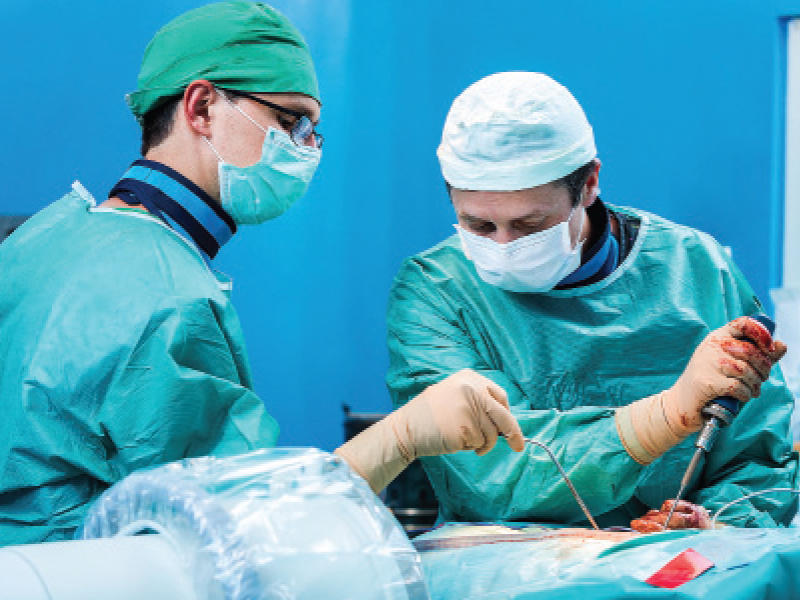
Factors Contributing to the Success of Bone Fixation Surgery
Bone fixation surgery is known for its high success rate, ranging from 70% to 80%. Several factors contribute to the success of the procedure, including the skill, competence, and years of experience of the surgeon performing the operation. Additionally, the patient’s commitment to following the doctor’s instructions after the surgery, the type and location of the patient’s bone fracture, the type of bone graft used, the overall condition of the patient, and the body’s ability to regenerate bone cells all play a role in the procedure’s success.
Benefits of Pelvic Bone Fixation Surgery
Pelvic bone fixation surgery aims to repair damaged or fractured organs in the body, resolving bone-related issues and returning damaged organs to their natural positions. This procedure offers various advantages, including:
- Alleviating pain resulting from bone injuries.
- Significantly improving the quality of life after the injury.
- Greatly reducing the risk of infections and bone necrosis.
- Enhancing the patient’s ability to move and return to work more quickly.
- Restoring fractured bones to their natural positions and preventing permanent deformities.
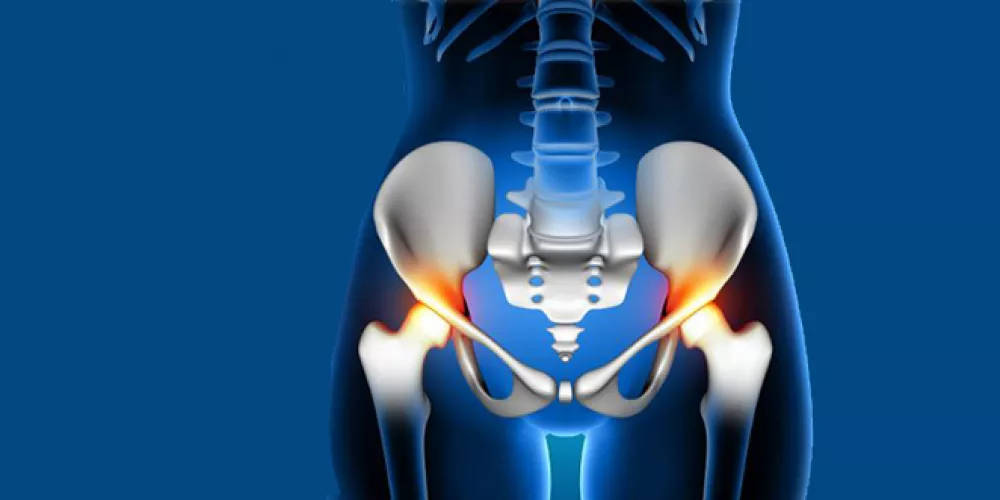
Risks of Bone Fixation Surgery
Despite the significant benefits of bone fixation surgery, patients may face certain risks, which we will discuss in detail below:
- Infection: Patients may develop infections during or after the surgical procedure, leading to inflammation. These infections can typically be controlled with antibiotics and anti-inflammatory medications prescribed by the doctor.
- Pelvic Fracture (Rare): Although rare, there is a risk of the patient experiencing a pelvic fracture as a result of the surgery.
- Numbness in the Thigh: The surgical procedure on the pelvic bones can sometimes lead to nerve damage, causing numbness in the thigh.
- External Hernia Risk: Taking a portion of the pelvic bones may pose a risk of developing an external hernia.
- Instability of the Pelvis: There is a possibility of pelvic instability following the fixation surgery.
- Delayed Bleeding: In some cases, patients may experience bleeding a few days after the surgery. It’s essential to contact the doctor immediately, although the likelihood of this is low, typically not exceeding 2%.
- Nerve Injury: During the surgery, the patient may suffer nerve injuries, resulting in lower back pain, particularly when sitting.
- Blood Clot Formation: Small blood clots may form, so the patient may be prescribed blood-thinning medications by the doctor.

How Is Bone Harvested from the Pelvis?
As mentioned earlier, the patient undergoes necessary examinations and tests, after which the doctor administers anesthesia. A surgical incision is made in the pelvic bones, and a bone sample is taken as deemed appropriate by the doctor based on the patient’s condition. Prepare for a full recovery in function and appearance with bone fixation at Dr. Amr Amal’s clinic. We offer comprehensive treatment and meticulous attention to detail to ensure the best expected results. If you want to learn more about the risks of bone fixation surgery, you can read this article.
Is Bone Fixation Surgery Risky?
Bone fixation surgery is highly beneficial for repairing damaged bones and compensating for lost bone tissue. However, like any surgical procedure, it does come with certain risks, including the possibility of infections, blood clot formation, or bleeding. These risks are not necessarily encountered by all individuals, and they can be managed and addressed through medication prescribed by the doctor and by maintaining a balanced, healthy diet, adequate sleep, and rest.
Best Doctor for Bone Fixation Surgery
If you’re looking for the best doctor for leg bone fixation surgery, we recommend Dr. Amr Amal, a consultant orthopedic and joint surgeon and a faculty member at Ain Shams University. His clinic is located in Dar El Fouad Medical Tower, 4th floor, Suite 418. Dr. Amr takes great care of his patients, personally following up on their cases and providing the necessary medical care. This dedication has earned him a good reputation and widespread recognition among many people. Dr. Amr uses the latest high-quality technologies and devices to ensure the success of the surgery, and he aims to perform the procedure at affordable costs while maintaining high-quality results.
How Long Does Bone Fixation Surgery Take?
Many individuals often wonder about the duration of bone fixation surgery, as it is an important and unique question that can determine various aspects for each patient individually. It’s important to note that the time required for bone fixation surgery can vary from one surgeon to another and is influenced by several different factors. One of the most critical factors is the individual patient’s condition.
Therefore, there is no fixed or specific duration for the surgery. While many doctors estimate the surgery to take approximately one to two hours, it can vary based on individual cases. Therefore, it is essential to have a thorough discussion with your doctor before the surgery to determine whether this time frame is suitable for you and if you can tolerate it or if exploring different alternatives is advisable.

What Comes After Bone Fixation Surgery?
Many doctors emphasize that bone fixation surgery requires several important factors post-surgery. The most crucial of these is complete rest following the operation, as well as staying in a plaster cast for a period of no less than six months until the bones have healed significantly and return to their normal state as much as possible.
Doctors also stress the importance of maintaining the body and avoiding any strenuous physical activities that are difficult to control, such as lifting and carrying heavy objects or pushing and pulling tools. Additionally, it is essential not to use the injured hand for throwing objects for any reason.
Do Bones Return to Their Pre-Injury State?
It’s important for every patient to understand their body’s condition and respect their various capabilities. One of the crucial considerations is that an individual needs to continue their care for at least six weeks after the injury. During this stage, the bones start to recover and harden.
Many doctors emphasize that the bones will not be perfectly even during this stage since they are still in the growth phase, and this cannot be predicted whether it will proceed consistently or not. Therefore, many individuals proceed to the next stage, where the bones are reshaped until they return to their pre-injury state in that location.



